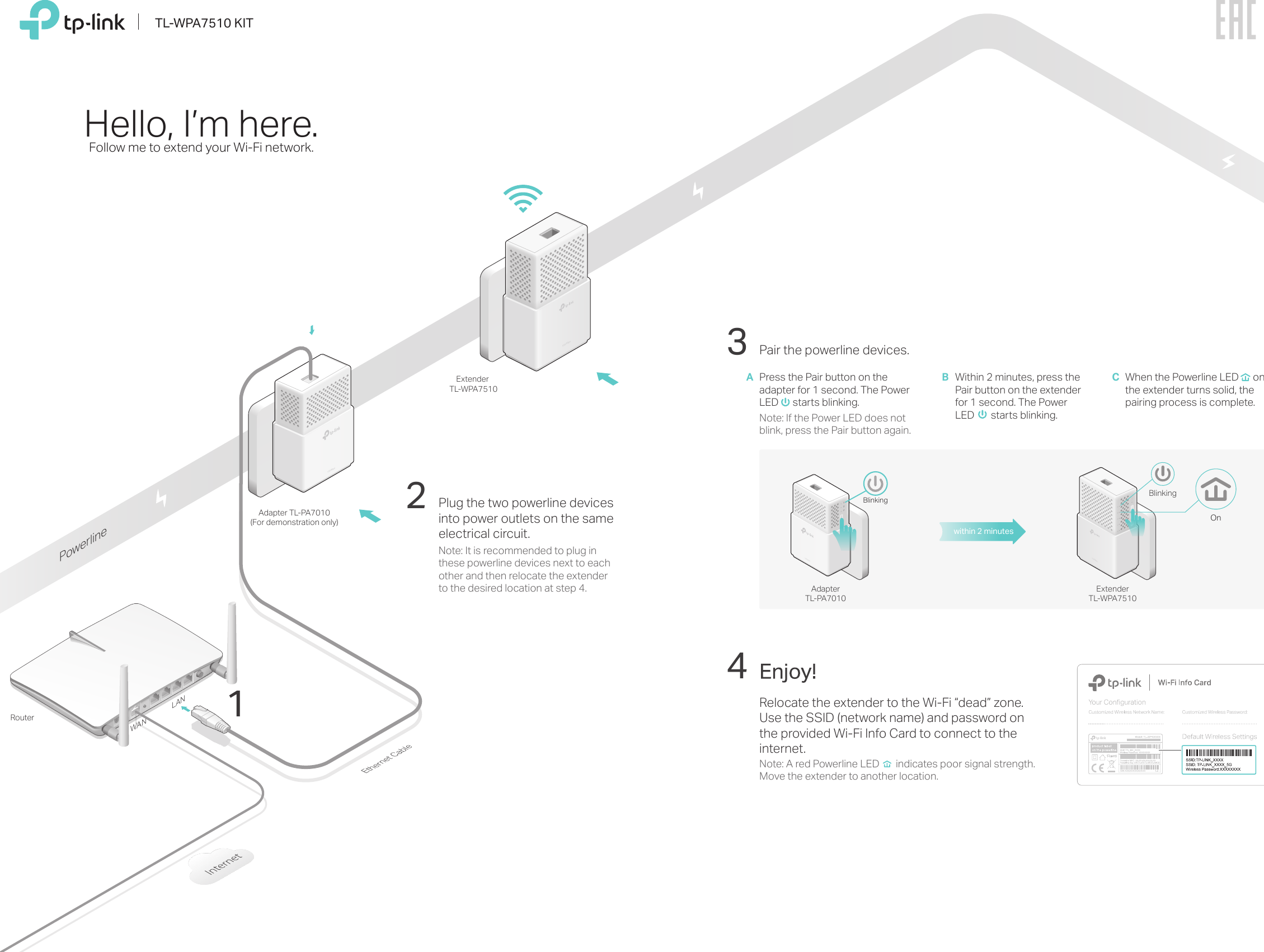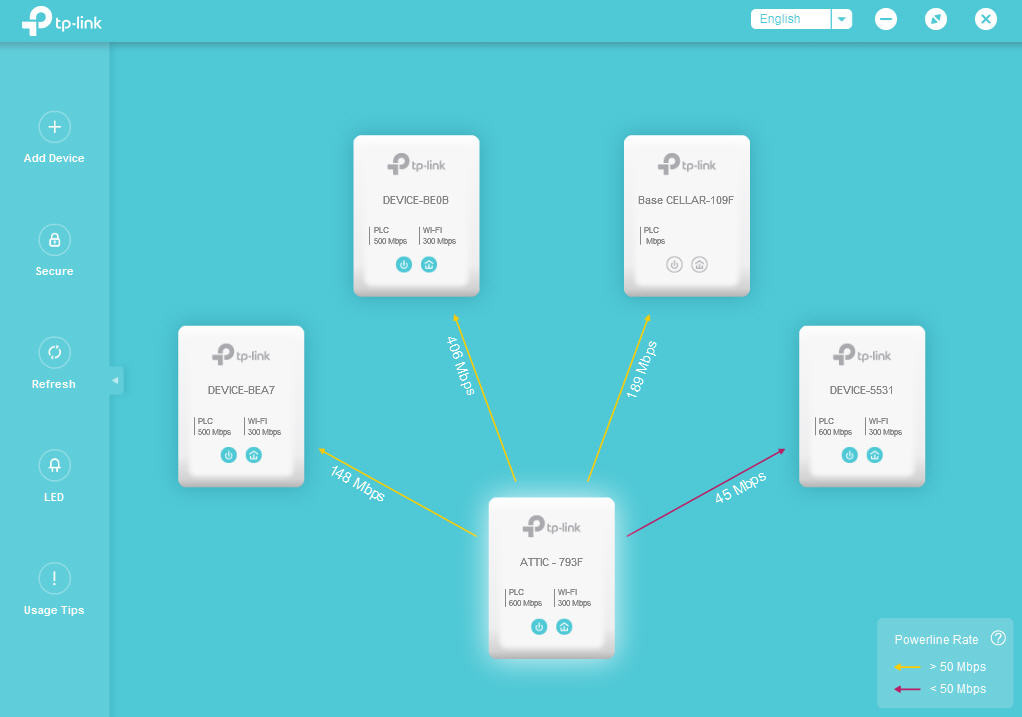
- Tpplc utility no options how to#
- Tpplc utility no options install#
- Tpplc utility no options Pc#
- Tpplc utility no options windows#
It gradually becomes more and more difficult to read small text and make out tiny icons.

Virtually everyone develops presbyopia (farsightedness from loss of eyeball elasticity) with age, and a lot of people slowly develop cataracts (partial opacity in the eye lenses). * Even with the best vision correction you can get, the older you get, the more pressing this issue becomes.
Tpplc utility no options how to#
Now You: Have other tips on how to make tiny text more readable on Windows? To launch it, tap on the Windows-key, type magnifier and hit enter.
Tpplc utility no options install#
Tpplc utility no options windows#
The options listed above should fix tiny text issues in Windows most of the time. Exit the Registry Editor and reboot your system.Double-click the newly created Dword and set its value to 1.Right-click on SideBySide and select New > Dword (32-bit) Value.Use the sidebar hierarchy to go to HKEY_LOCAL_MACHINE\SOFTWARE\Microsoft\Windows\CurrentVersion\SideBySide.Tap on the Windows-key, type regedit.exe and hit enter.This is done by adding a key to the Windows Registry: You need to tell Windows to prioritize external manifest files. Replace with the name of the program that you want to disable DPI awareness for, and place it in the program directory. You don't need to edit the file itself, only its name. I have uploaded a sample manifest file for Photoshop which you may adjust for other programs as you see fit: You may disable that using manifest files. Basically, programs may "tell" Windows when started that they support different DPI settings which may sometimes result in text being very tiny when you run those programs. There is a lot that you can do with application manifests, including disabling a program's DPI awareness. Manifest files work similarly to the compatibility dialog as they may change certain program properties when available. You may use manifest files to improve a program's compatibility with high resolution displays. If you notice issues after enabling the setting you may want to disable it again if you cannot work with the program anymore as a consequence.

Some programs allow you to adjust that while others don't. Probably the biggest issue that you may experience afterwards is that the program interface, and text, are tiny. Once you make the change, Windows will enforce the compatibility settings that you have enabled in the properties.ĭoing so may lead to problems of its own though.


Option 2: Fixing programs that don't scale well, or at allĮven if you make adjustments to how text scales in Windows, you may run into programs that don't display well on high DPI displays. Note that doing so may mess up some programs in the process. This allows you to scale text by making it larger. You may also try the "set custom text size (DPI)" setting on the page before you sign out.
Tpplc utility no options Pc#
If that is the case sign out and in again, or restart the PC to complete the process. The scaling is automatically adjusted when you move the slider, but some apps may not respond to the new value immediately.


 0 kommentar(er)
0 kommentar(er)
